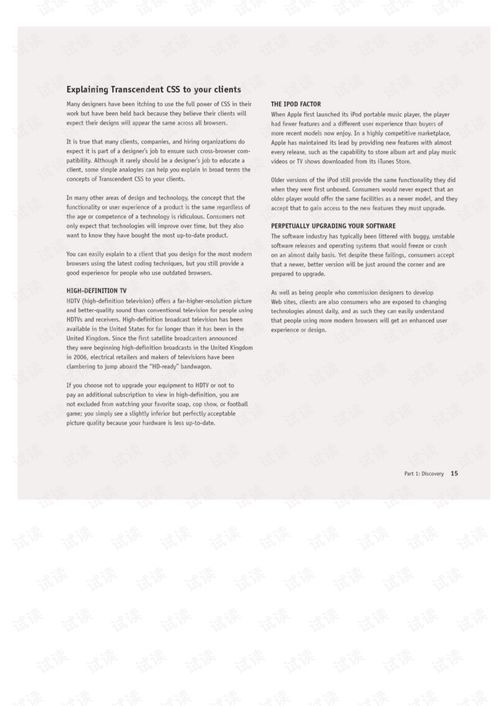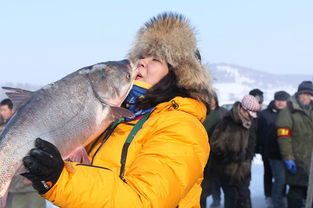The Art of Fishing: Expert Tips on Using Fish Food and Techniques

Fishing, an ancient pastime that has stood the test of time, is both a relaxing and challenging pursuit. Whether you're a seasoned angler or a beginner looking to cast your line into the unknown, mastering the art of fishing involves understanding the nuances of bait and the techniques that can make or break your catch. One of the key elements in this pursuit is the use of fish food, also known as fish饵。 In this article, we'll delve into the world of fishing, offering expert tips on how to use fish food effectively and the various techniques that can help you land the big one.
Understanding Fish Food: The Basics
Fish food, or fish饵, is a crucial component in the fishing process. It serves as the lure for attracting fish to your hook. Understanding the different types of fish food and how to use them is the first step in becoming a proficient angler.
Natural Bait vs. Artificial Lures: Natural bait, such as worms, insects, and small fish, is a classic choice that appeals to a wide range of fish species. Artificial lures, on the other hand, come in various shapes, sizes, and colors and can mimic the movement of real prey. The choice between natural and artificial bait often depends on the type of fish you're targeting and your personal preference.
Types of Fish Food: There are several types of fish food available, including:
- Live Bait: This includes worms, minnows, and leeches. Live bait is highly effective as it can move naturally and is appealing to fish.
- Dead Bait: Dead bait, such as cut-up fish or shrimp, can be used when live bait is not available.
- Sinker: This is a weighted bait that helps keep your lure or hook at a specific depth.
- Floating Bait: Floating bait rises to the surface and can be used to attract fish that are feeding near the water's surface.
Using Fish Food Effectively
Now that we understand the different types of fish food, let's look at how to use them effectively:
Identify Your Target Fish: Before choosing your bait, it's important to know what type of fish you're targeting. Different fish species have varying preferences when it comes to food. For example, bass are attracted to live bait, while catfish may prefer dead bait.
Presentation: The way you present your bait can make a significant difference. For natural bait, the most effective technique is to let it sit still on the bottom or allow it to flutter gently in the current. With artificial lures, you can mimic the movement of prey by casting, twitching, or jerking the rod.
Timing: The timing of when you present your bait is crucial. Fish are more likely to bite when they're actively feeding. Pay attention to the time of day, weather conditions, and the behavior of the fish in your chosen fishing spot.
Quantity: It's important not to overdo it with the fish food. Too much bait can scare away fish or attract unwanted species. Start with a small amount and adjust as needed.
Advanced Fishing Techniques
Beyond the use of fish food, there are several advanced techniques that can enhance your fishing experience:
Fly Fishing: This technique involves casting a lightweight fly rod and line to attract fish. It requires precision and a deep understanding of the water and the fish you're targeting.
Trolling: Trolling involves slowly dragging a lure or bait behind a boat. This technique is effective for covering a large area and can be used to target a variety of fish species.
Jigging: Jigging involves repeatedly lifting and dropping a weighted lure to mimic the movement of a struggling prey. This technique is particularly effective for bottom-dwelling fish.
Spooning: Spooning involves casting a spoon-shaped lure that makes a distinctive buzzing or whirring sound as it moves through the water. This noise can attract the attention of fish and trigger a bite.
Conclusion
Fishing is an art that requires patience, practice, and a deep understanding of the water and the fish you're targeting. By mastering the use of fish food and employing various fishing techniques, you can increase your chances of landing a big catch. Remember, the key to successful fishing lies in understanding the habits of the fish, using the right bait, and applying the appropriate techniques. With time and experience, you'll become a seasoned angler who can navigate the waters with confidence and skill. Happy fishing!












